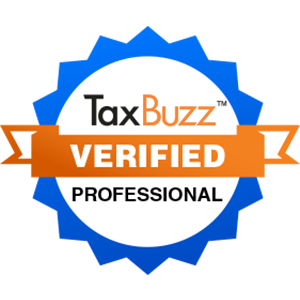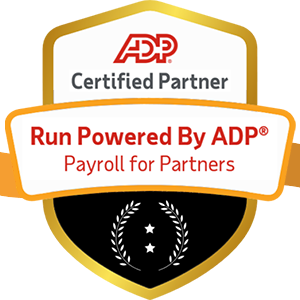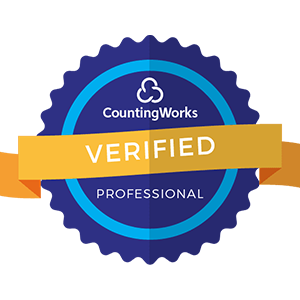
The fast-paced business environment, organizations must be quick to adapt to changing market conditions, customer demands, and technological advancements. This need for agility extends beyond product development and service delivery; it also applies to the Human Resources (HR) function. By embracing the principles of agility, HR can become a strategic partner in driving business success. In this article, we will explore the concept of an Agile HR function, discuss its principles, and provide actionable steps for implementing agility in your organization's HR practices.
Before diving into the implementation of an Agile HR function, it's essential to understand what it entails. Agile HR is an approach that applies the principles of agility, derived from the Agile Manifesto, to the HR function. It emphasizes flexibility, collaboration, and adaptability in HR practices to better support the organization's overall goals and objectives.

The Agile Manifesto, originally created for software development, outlines four core values:
While these values were initially intended for software development, they can be adapted to the HR function:
By embracing these values, HR can become more responsive, flexible, and aligned with the organization's goals.
To build an Agile HR function, it's crucial to understand and apply the following principles:
In Agile HR, the customers are the employees and managers within the organization. By focusing on their needs and delivering value to them, HR can contribute to overall business success. This involves regularly seeking feedback, understanding pain points, and collaborating with internal customers to develop solutions.
Agile HR emphasizes an iterative and incremental approach to HR practices. Rather than implementing large-scale, one-time changes, Agile HR focuses on making small, incremental improvements based on feedback and lessons learned. This allows for faster adaptation and minimizes the risk of disruption to the organization.
Collaboration is at the heart of Agile HR. By breaking down silos and promoting cross-functional teamwork, HR can foster a culture of innovation and problem-solving. Agile HR teams should consist of diverse skill sets and perspectives, including HR professionals, business leaders, and employees from various departments.
Agile HR recognizes that change is constant, and continuous learning is essential for success. By embracing a growth mindset and promoting a culture of learning, HR can help the organization adapt to new challenges and opportunities. This involves regularly assessing HR practices, gathering feedback, and making data-driven decisions to improve processes and outcomes.
Transparency and trust are critical components of an Agile HR function. By openly communicating goals, progress, and challenges, HR can build trust with employees and managers. This transparency also extends to decision-making processes, ensuring that everyone understands the rationale behind HR initiatives and feels invested in their success.

Now that we've explored the principles of Agile HR, let's discuss how to implement them in your organization.
Before embarking on an Agile HR transformation, it's essential to assess your current HR function. Identify areas where agility can be applied, such as talent acquisition, performance management, or employee development. Determine the strengths and weaknesses of your current processes and identify opportunities for improvement.
Implementing Agile HR requires support from senior leadership. Engage with key stakeholders, including the CEO, CFO, and other executives, to explain the benefits of an Agile HR approach. Demonstrate how agility in HR can contribute to overall business agility and success. Secure their buy-in and commitment to the transformation process.
Create a dedicated Agile HR team responsible for driving the transformation. This team should consist of HR professionals with diverse skill sets, as well as representatives from other departments. Ensure that team members are trained in Agile methodologies and have a deep understanding of the principles and values of Agile HR.
Select specific HR initiatives or processes to pilot the Agile approach. These pilot projects should be manageable in scope and have the potential for significant impact. Examples could include revamping the performance review process, implementing a new onboarding program, or redesigning the employee engagement survey.
Implement Agile methodologies, such as Scrum or Kanban, in your pilot projects. Break down the initiative into smaller, manageable tasks and prioritize them based on value to the business. Conduct regular stand-up meetings to discuss progress, obstacles, and next steps. Encourage collaboration and open communication within the Agile HR team.
Throughout the pilot projects, actively seek feedback from employees, managers, and other stakeholders. Use this feedback to make iterative improvements to the HR processes. Celebrate successes and learn from failures, using these insights to refine your Agile HR approach.
Once the pilot projects have demonstrated success, gradually scale Agile HR practices to other areas of the HR function. Continuously assess the impact of these practices on employee engagement, productivity, and business outcomes. Share success stories and lessons learned with the wider organization to build momentum and support for Agile HR.
Agile HR is not just about implementing new processes; it's about fostering a culture of agility throughout the organization. Encourage experimentation, risk-taking, and continuous learning. Empower employees to take ownership of their work and make data-driven decisions. Celebrate failures as opportunities for growth and innovation.

Implementing an Agile HR function can bring numerous benefits to your organization, including:
Building an Agile HR function is not a one-time event but an ongoing journey. It requires a fundamental shift in mindset, culture, and practices. By embracing the principles of agility, HR can become a strategic partner in driving business success, delivering value to employees and the organization as a whole.
Remember, Agile HR is not about perfection but about continuous improvement. It's about experimenting, learning, and adapting to change. By fostering a culture of agility, HR can help the organization navigate the complexities of the modern business landscape and thrive in the face of uncertainty.
As you embark on your Agile HR journey, keep the following key points in mind:
By implementing these principles and practices, you can build an Agile HR function that not only responds quickly to business needs but also drives innovation, engagement, and success for your organization.
So, are you ready to embrace the power of agility in HR? Start small, learn fast, and watch your HR function transform into a strategic force for business success.


